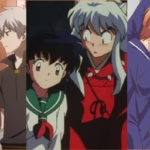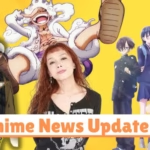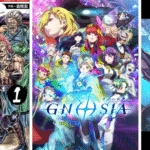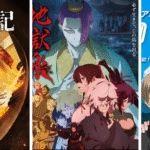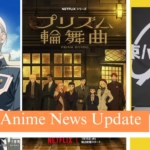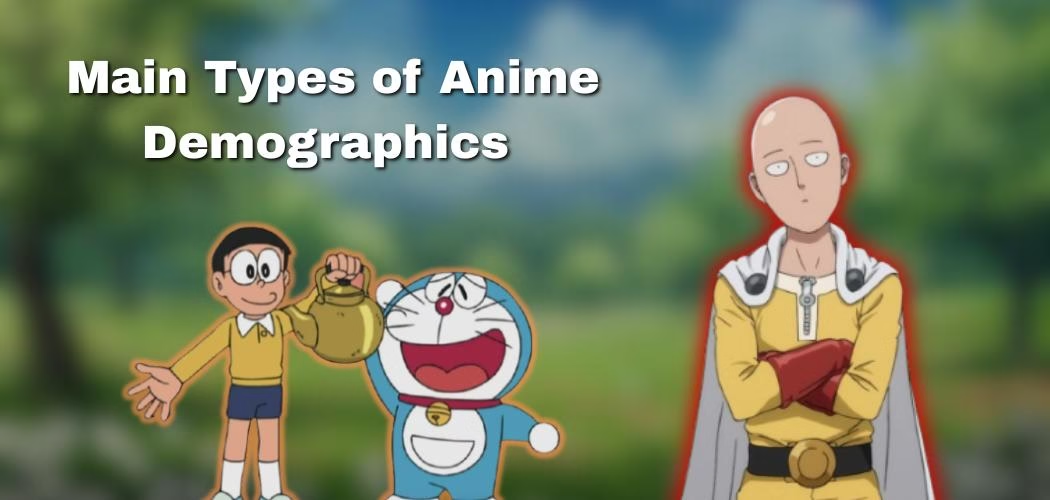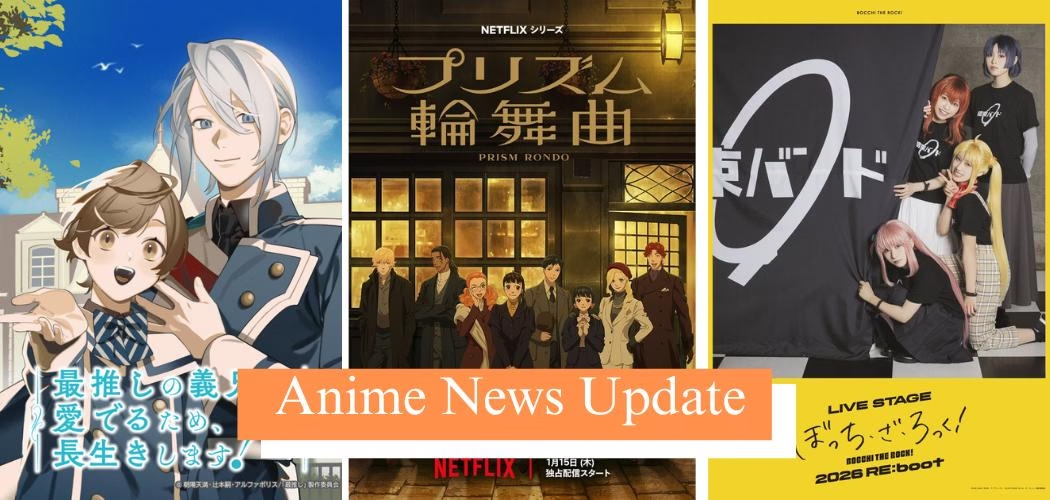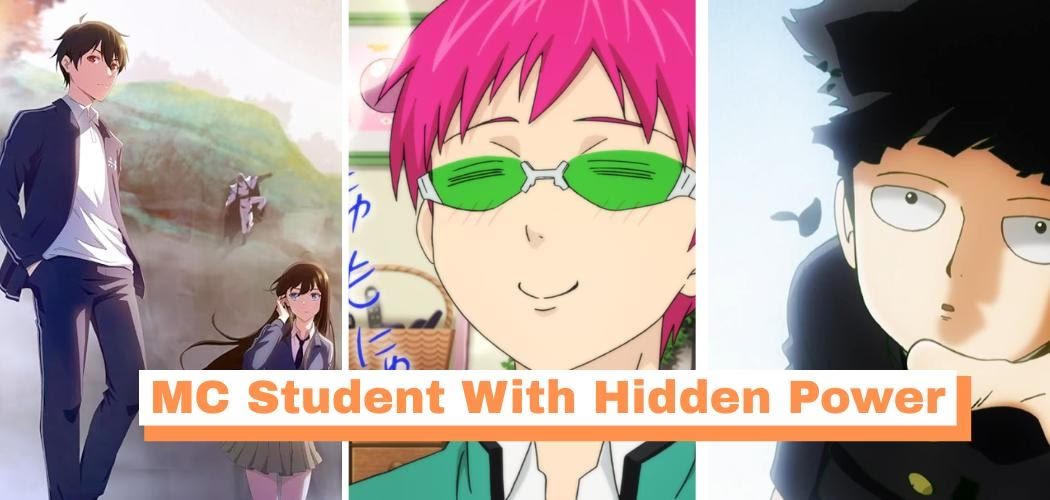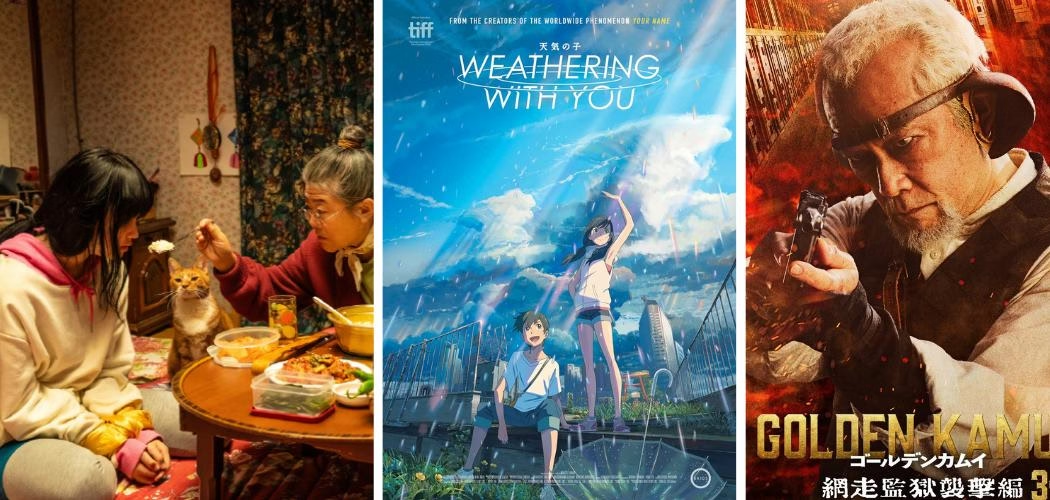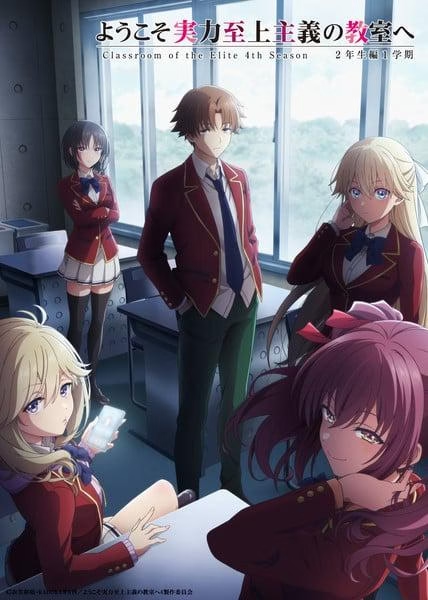Hello anime fans! Today we’re talking about anime demographics. If you’re an anime fan like me, you might also realize there’s a lot you don’t know about them. Most of us only recognize a few common categories like Shōnen, Shōjo, and Seinen. But anime isn’t just about these three—there’s so much more to explore. Anime isn’t one big genre; it’s a diverse medium with storytelling aimed at different audiences.
Whether you love high-octane battles, heart-fluttering romance, or deep psychological dramas, every anime is created with a particular demographic in mind.
In Japan, these audience groups are traditionally defined by five core categories: Shōnen, Shōjo, Seinen, Josei, and Kodomo.
Understanding these categories not only helps you discover shows you enjoy, but also explains why certain themes, art styles, and character arcs feel so unique.
In this guide, we break down each type with clear examples and invite you to share your own experiences in the comments.
1. Shōnen (少年) Anime – Action, Adventure & Coming-of-Age
Target Audience: Boys aged 12–18
Famous Examples: Dragon Ball Z, One Piece, My Hero Academia, Demon Slayer
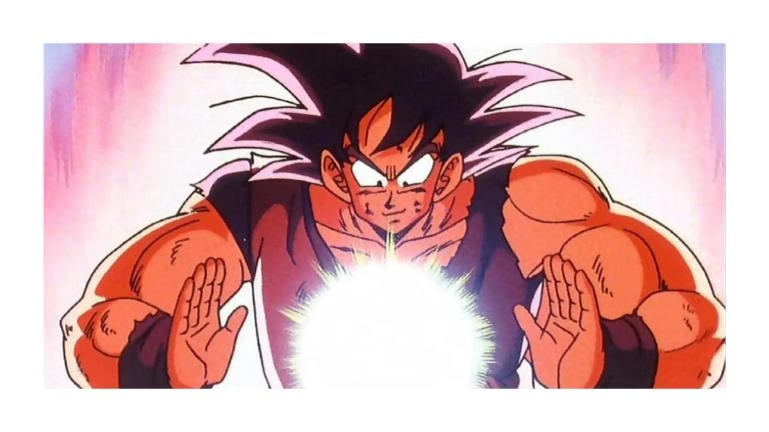
This is the most common and well-known anime demographic, and it’s also famous worldwide.
What Makes Shōnen Special
Shōnen anime thrills younger male viewers, but its universal themes attract audiences worldwide.
It typically follows a young male protagonist who grows stronger through challenges, friendships, and rivalries.
You can expect epic battles, training arcs, and inspirational speeches about perseverance.
Key Traits
- High-energy action sequences
- Strong emphasis on friendship and teamwork
- Characters who develop both physically and emotionally
- Clear moral lessons about courage and self-improvement
Why You Love It
Shōnen stories are ideal if you crave fast-paced adventure with heart. From Goku’s relentless pursuit of strength in Dragon Ball Z to Luffy’s unbreakable dream of becoming the Pirate King in One Piece, these shows keep you motivated and entertained.
2. Shōjo (少女) Anime – Romance & Emotional Journeys
Target Audience: Girls aged 12–18
Famous Examples: Sailor Moon, Fruits Basket, Ouran High School Host Club
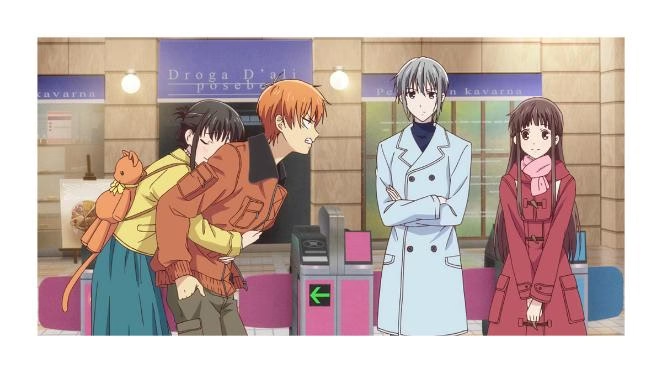
Most anime in this demographic are made for women, but if certain lines aren’t crossed, men enjoy them too—like Fruits Basket.
What Makes Shōjo Special
Shōjo anime focuses on romance, relationships, and personal growth, often through the eyes of a young female protagonist.
Stories may include magical transformations (Sailor Moon) or heartfelt school dramas (Fruits Basket), but at their core they explore the emotional highs and lows of adolescence.
Key Traits
- Themes of friendship, first love, and self-discovery
- Beautiful, often delicate art styles
- Heartwarming or bittersweet endings
- Strong focus on character development and emotions
Why You Love It
Shōjo anime is perfect if you enjoy character-driven narratives and heartfelt romance. The genre speaks to anyone—regardless of gender—who loves stories about love and personal transformation.
3. Seinen (青年) Anime – Mature Themes & Complex Storytelling
Target Audience: Men aged 18–40
Famous Examples: Berserk, Monster, One-Punch Man, Tokyo Ghoul
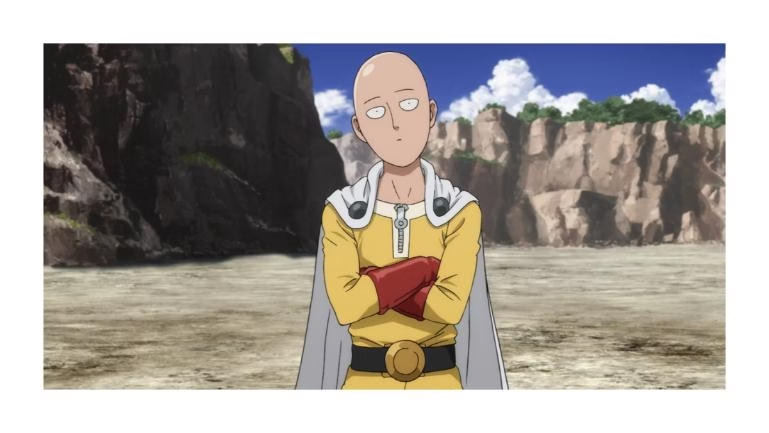
What Makes Seinen Special
Seinen anime takes storytelling to a more mature and often darker level, targeting young adult men but appealing to anyone who craves complex plots and psychological depth.
You encounter moral ambiguity, philosophical questions, and nuanced character studies.
Key Traits
- More graphic violence or adult themes
- Intricate political or psychological plots
- Anti-heroes and morally gray characters
- Diverse genres: from action to slice-of-life
Why You Love It
If you enjoy thought-provoking narratives or stories that refuse to shy away from the darker side of humanity, Seinen anime delivers. Whether it is the chilling suspense of Monster or the dark fantasy of Berserk, these series challenge you to think beyond simple good vs. evil.
4. Josei (女性) Anime – Realistic Romance & Adult Life
Target Audience: Women aged 18–40
Famous Examples: Paradise Kiss, Chihayafuru, Princess Jellyfish, Honey and Clover
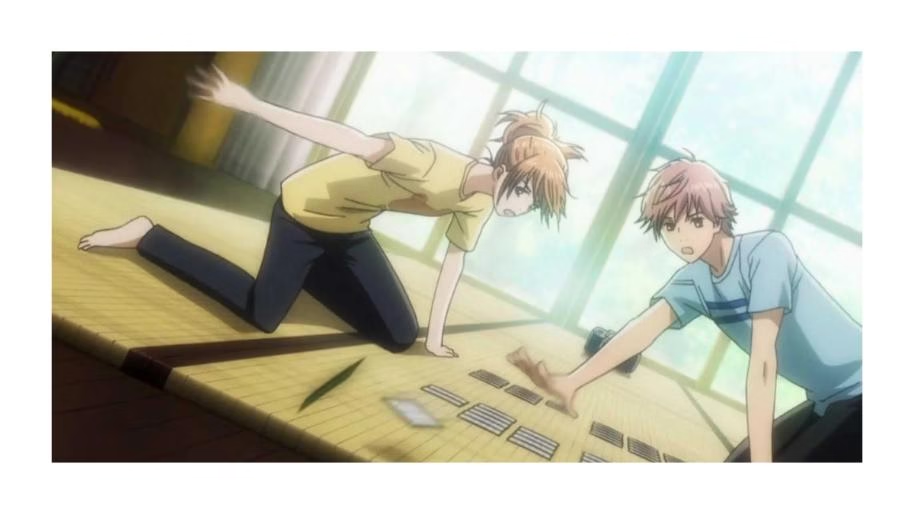
What Makes Josei Special
Josei anime explores realistic relationships and adult experiences.
Unlike the idealized romance of many shōjo series, josei stories delve into careers, family, and the complexities of love and adulthood.
Key Traits
- Mature, grounded storytelling
- Complex romantic dynamics
- Exploration of work, identity, and independence
- Subtle, often bittersweet conclusions
Why You Love It
Josei anime is perfect if you crave relatable, slice-of-life stories that reflect the challenges of adulthood.
Shows like Honey and Clover or Paradise Kiss mirror real life, with all its messy emotions.
5. Kodomo (子供) Anime – Fun & Educational for Kids
Target Audience: Children under 12
Famous Examples: Doraemon, Pokémon, Anpanman
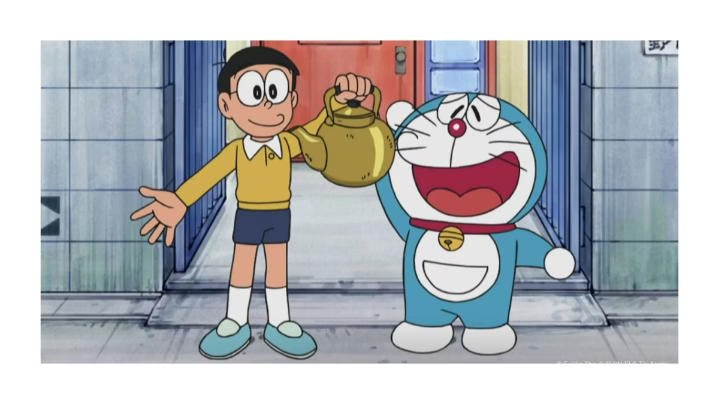
What Makes Kodomo Special
Kodomo literally means “child,” and these anime entertain and educate young audiences.
They feature simple plots, colorful characters, and positive moral lessons that the whole family enjoys.
Key Traits
- Lighthearted, easy-to-follow stories
- Clear moral takeaways: friendship, honesty, teamwork
- Bright, colorful animation
- Often educational or inspirational
Why You Love It
Kodomo anime is perfect for family viewing or for introducing children to anime.
But don’t underestimate their charm—classics like Pokémon entertain multiple generations and continue to be loved by adults.
How These Categories Shape Anime Culture
These five demographics are not just marketing labels; they shape art style, storytelling, and character design.
For example, the bold lines and action-packed panels of shōnen manga differ from the soft, romantic illustrations of shōjo.
Seinen often experiments with darker color palettes and complex narratives, while kodomo keeps visuals bright and friendly.
Over the decades, these categories help anime creators target their core audience, yet the appeal of great stories transcends age and gender.
Many fans enjoy titles across multiple demographics.
Are These Categories Still Relevant?
Modern anime often crosses demographic lines.
For example, Attack on Titan is technically published as a shōnen but features the darker tone of a seinen.
Similarly, Fruits Basket (shōjo) attracts viewers of all genders.
While these traditional categories—shōnen, shōjo, seinen, josei, and kodomo—remain useful for understanding the history and marketing of anime, today’s creators focus more on storytelling and universal themes than strict audience labels.
Final Thoughts
Understanding the five main anime demographics is like learning the blueprint of Japanese storytelling.
It helps you explore new series, appreciate cultural context, and discover hidden gems outside your usual comfort zone.
Now it’s your turn:
- Which category hooks you first?
- Do you think these labels still matter, or has modern anime evolved beyond them?
Share your thoughts—and your favorite series from each category—in the comments below!

